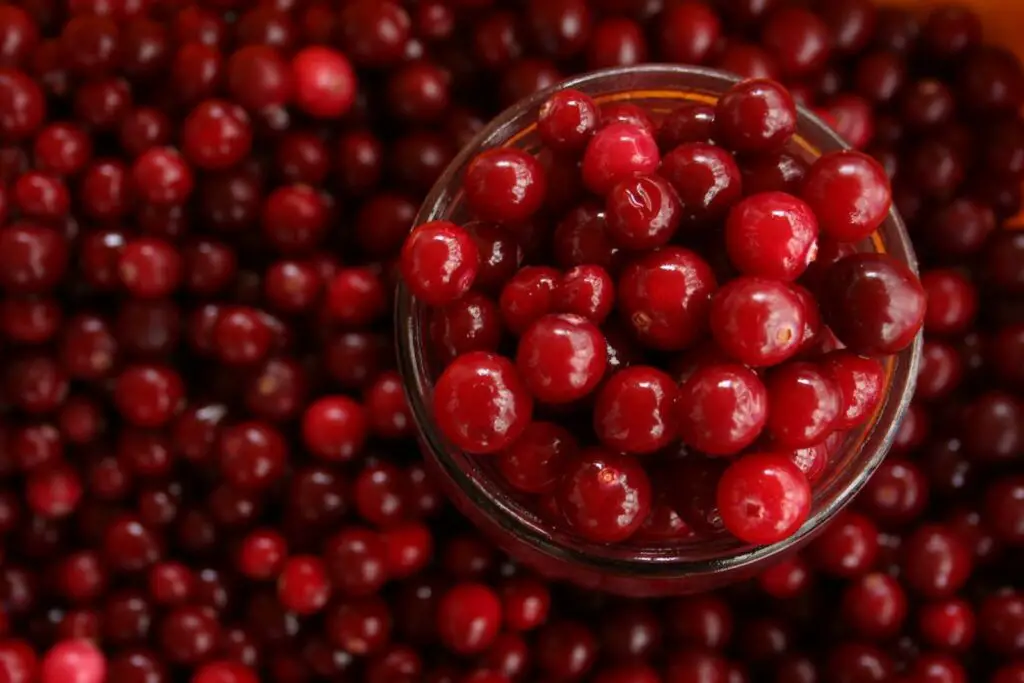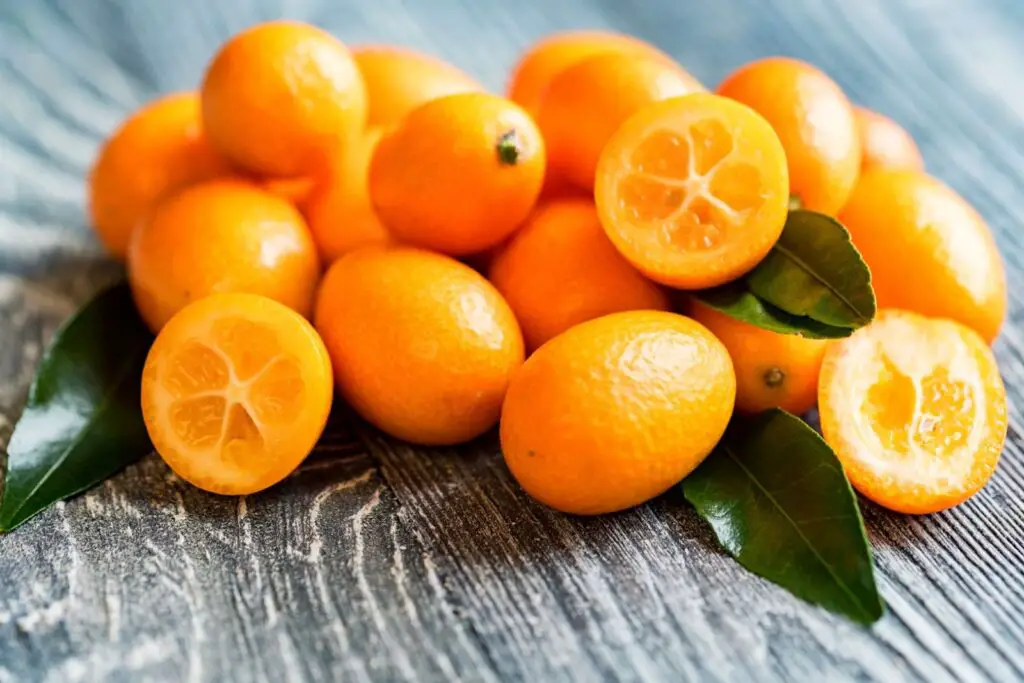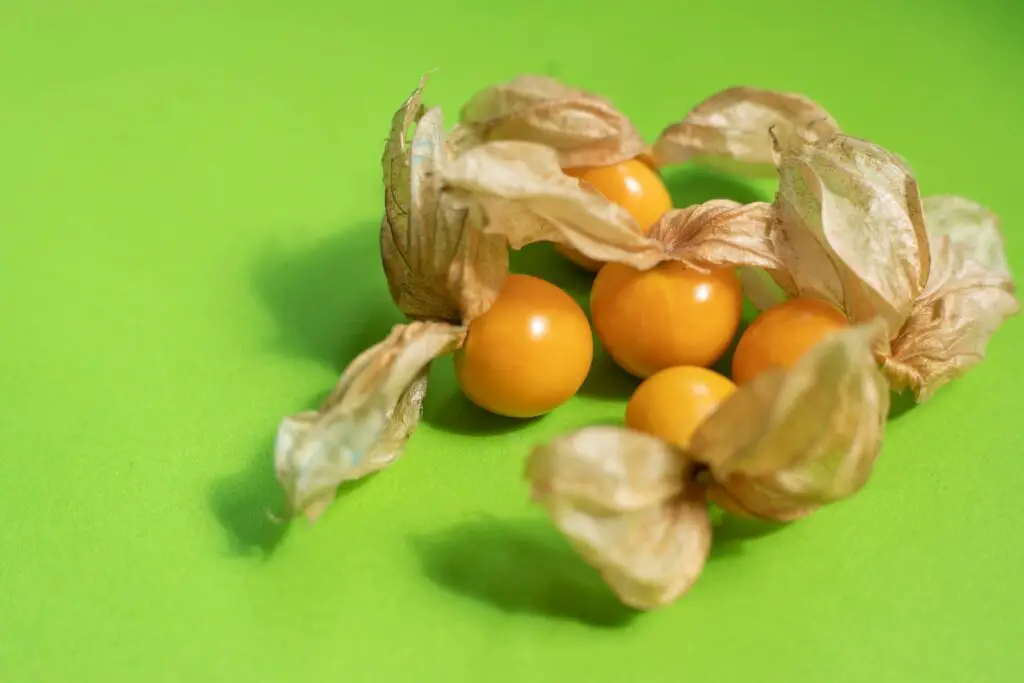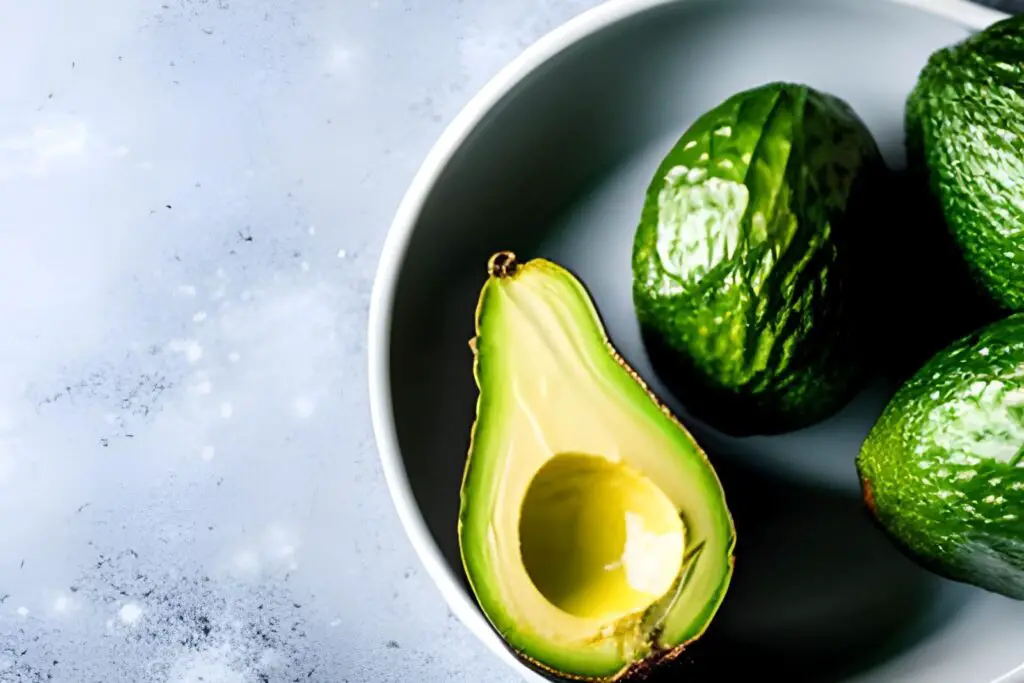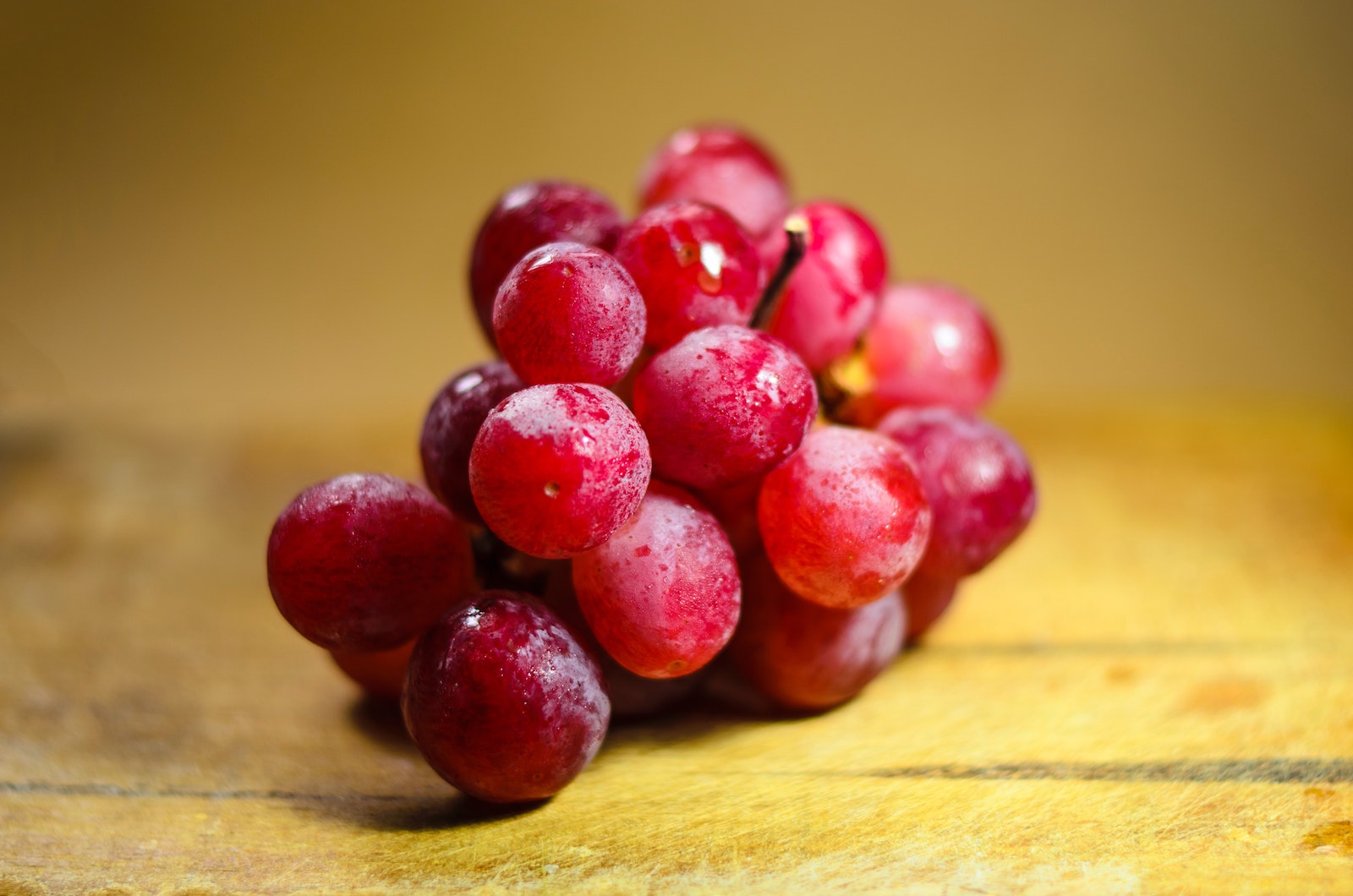
Red grapes are not only deliciously sweet but also packed with antioxidants and essential nutrients. These grapes can be enjoyed as a refreshing snack, added to salads, or even used to make wine. Freezing red grapes is a great way to preserve their natural sweetness and versatility, allowing you to enjoy their flavors long after their season has ended. In this article, we’ll walk you through a step-by-step process on how to freeze red grapes while maintaining their juicy and flavorful characteristics.
Here’s a comprehensive guide to freezing red grapes:
Step 1: Choose the Best Red Grapes
When it comes to freezing red grapes, starting with the right fruit is essential to ensure the best results in terms of flavor, texture, and overall quality. Follow these guidelines to select the perfect red grapes for freezing:
Red grapes that are ripe and free from blemishes should be your top choice. The ripeness of the grapes contributes significantly to their flavor and sweetness. Look for grapes with a deep, rich color, indicating that they have fully matured on the vine. This color development usually signifies that the grapes have reached their peak sweetness.
Firmness is another key attribute to consider. Opt for red grapes that feel plump and firm to the touch. Avoid grapes that are too soft or mushy, as they might not freeze well and could result in a less desirable texture after freezing.
Vibrant color and firm texture are not only indicators of a delicious end result but also signs that the grapes are rich in antioxidants and essential nutrients. These compounds contribute not only to the grapes’ appealing taste but also to their potential health benefits.
Step 2: Wash and Dry the Grapes
Properly washing and drying red grapes before freezing them is crucial for maintaining their cleanliness and preventing the growth of harmful microorganisms. Here’s why this step is essential:
- Rinsing Under Cool, Running Water: Before anything else, place the red grapes under a gentle stream of cool, running water. This helps remove dirt, dust, and any residues that might be present on the grape skins. By using running water, you ensure that all parts of the grapes are thoroughly cleaned, including the crevices between the grapes.
- Preserving Flavor and Quality: Cleaning the grapes not only removes unwanted contaminants but also improves their overall taste and quality. Any surface impurities that could negatively affect the grapes’ flavor are washed away, leaving you with a purer and more enjoyable end product.
- Patting Dry: After rinsing, gently pat the red grapes dry using a clean kitchen towel or paper towels. Excess moisture on the grapes’ surface can lead to ice crystals forming during the freezing process. This can result in a less appealing texture when you eventually thaw the grapes. Drying the grapes helps minimize the risk of freezer burn and ensures that the grapes freeze individually rather than sticking together.
- Removing Stems: As you dry the grapes, take the time to inspect and remove any stems that might still be attached. Stems can contribute to clumping during freezing, so removing them ensures that the grapes remain separate and easy to use when you’re ready to enjoy them.
- Attention to Detail: By taking the extra step of washing, drying, and removing stems, you’re displaying attention to detail that translates into a superior frozen grape experience. The grapes will retain their individuality and maintain a clean, fresh taste even after spending time in the freezer.
Step 3: Remove from the Bunch
Separating the individual red grapes from their bunch might seem like a minor detail, but it’s an important step to ensure the quality and convenience of your frozen grapes. Here’s why taking the time to pluck each grape matters:
- Even Freezing: Red grapes naturally have moisture content, and during the freezing process, this moisture can cause them to stick together if they are frozen as a bunch. By gently removing them from the bunch and freezing them individually, you allow the cold air to circulate around each grape, promoting even and consistent freezing. This helps prevent the formation of large ice crystals and maintains the grapes’ texture.
- Preventing Clumping: Plucking the grapes from the bunch prevents them from sticking together during freezing. When grapes freeze together, they can form a solid mass that’s difficult to separate when you want to use them. Individual freezing minimizes this clumping effect, allowing you to easily take out just the amount of grapes you need without any hassle.
- Portion Control and Convenience: Separating the grapes beforehand gives you better portion control. You can freeze them in smaller batches, making it convenient to grab the exact amount you need for snacking, recipes, or garnishes. This eliminates the need to thaw and refreeze a large clump of grapes, helping to maintain their quality over time.
- Uniform Quality: When grapes are frozen individually, you ensure that each grape retains its original shape, texture, and flavor. This results in a higher-quality frozen product that closely resembles the fresh grapes, making them a versatile ingredient for a variety of dishes and uses.
- Maximizing Storage Space: Individual freezing not only prevents clumping but also allows you to arrange the grapes more efficiently in your freezer. You can stack them neatly, optimizing the use of space and making it easier to organize your frozen food items.
Step 4: Spread on a Baking Sheet to Freeze Initially
Before you transfer your washed, dried, and separated red grapes into storage bags, there’s an essential technique called “flash freezing” that can significantly enhance the quality of your frozen grapes. Here’s why this step matters:
Laying Out on a Baking Sheet:
After your red grapes are prepped and ready for freezing, gently spread them out on a baking sheet in a single layer. Ensure that they’re not touching each other. This spacing is crucial because it prevents the grapes from freezing together in clumps. When grapes freeze in close contact, they can stick together, making it difficult to separate and use them later. By arranging them with a bit of space, you’re setting the stage for individual freezing.
Flash Freezing Explained:
Once the grapes are neatly spread on the baking sheet, place the sheet in the freezer. Allow the grapes to remain in the freezer for about 1 to 2 hours. This technique, known as “flash freezing,” serves several purposes:
- Maintaining Individual Shape: The rapid freezing during the flash freezing process helps preserve the individual shape of each grape. This means that when you eventually take them out of the freezer for consumption, they won’t have fused into a solid mass but will remain loose and easily separable.
- Minimizing Ice Crystal Formation: Flash freezing reduces the size of ice crystals that can form within the grapes. Larger ice crystals can rupture cell walls, affecting the texture and overall quality of the grapes when they’re thawed. Flash freezing creates smaller ice crystals that are less damaging to the grapes’ internal structure.
- Retaining Freshness: The quick freezing process locks in the grapes’ natural flavors and nutrients. The grapes will taste as fresh as possible when you decide to enjoy them later, whether as a standalone snack, in a recipe, or as a cooling addition to beverages.
Step 6: Transfer to Freezer Bags
Now that you’ve completed the initial flash freezing of your red grapes on the baking sheet, it’s time to move on to the next phase of the freezing process. Transferring the grapes to resealable freezer bags might seem straightforward, but there are important reasons for doing so in a specific way:
Once your red grapes have been partially frozen on the baking sheet, it’s time to transfer them into resealable freezer bags. Here’s why this step is crucial for maintaining the quality of your frozen grapes:
- Minimizing Air Exposure: Resealable freezer bags are designed to keep out air, which is one of the primary culprits behind freezer burn. Freezer burn occurs when the surface of frozen food is exposed to air, leading to the dehydration and deterioration of the food’s quality. By using freezer bags, you’re creating a barrier that helps protect your red grapes from freezer burn and ensures they remain flavorful and enjoyable when you decide to use them.
- Easy Portioning and Storage: Freezer bags allow you to portion your frozen red grapes according to your needs. You can divide the grapes into smaller quantities, making it convenient to use just the amount you require without having to thaw the entire batch. This way, you can maintain the quality of the grapes and minimize any waste.
- Removing Excess Air: Before sealing the freezer bags, make sure to press out as much air as possible. Excess air trapped inside the bag can lead to freezer burn and diminish the quality of your grapes. Pressing out the air helps create a snug environment around the grapes, protecting them during their time in the freezer.
- Double Bagging for Extra Protection: For an added layer of protection against freezer burn, consider double bagging your grapes. Place the filled freezer bag into another freezer bag and seal both. This extra precaution can be especially useful if you plan to store the grapes for an extended period.
Step 7: Label and Date
As you near the completion of the freezing process for your red grapes, it’s important to take a moment to label and date the freezer bags. This simple step might seem like a small detail, but it holds significant benefits for keeping your frozen grapes organized and maintaining their optimal quality.
When you label and date each freezer bag, you’re creating a clear system of organization that helps you manage your frozen grapes effectively over time. Here’s why this step is crucial:
- Storage Rotation: By including the date of freezing on the bag, you establish a system of storage rotation. Frozen foods, including grapes, are best consumed within a certain timeframe to ensure their taste and texture are preserved. Labeling the bags with the date allows you to identify which bags contain the older grapes, prompting you to use them first. This ensures that no grapes are forgotten and left to linger in the freezer for too long.
- Quality Control: Over time, frozen foods can lose some of their quality, such as flavor, texture, and nutritional value. When you date the bags, you can monitor how long the grapes have been stored and make informed decisions about their use. This helps you enjoy the grapes at their best, ensuring a satisfying culinary experience.
- Easy Identification: Labeling your freezer bags prevents confusion. You’ll be able to quickly identify the contents without having to open each bag. This is particularly useful when you’re in a hurry or planning meals, as you can effortlessly choose the right bag based on the date.
- Reducing Waste: Properly labeled and dated bags can help you avoid situations where you’re unsure about the freshness of the grapes. This can lead to less waste, as you’ll be more likely to use the grapes within their optimal storage period.
- Permanent Marker Usage: A permanent marker is essential for this step as it won’t smudge or fade, even in the cold and humid conditions of the freezer. This ensures that your labels remain clear and legible throughout the duration of storage.
- Overall Organization: By taking a few seconds to label and date your freezer bags, you’re creating an organized freezer environment. This not only benefits your frozen grapes but also helps you manage your overall food inventory efficiently.
Step 8: Store the Red Grapes
As you near the completion of the freezing process, the final step involves placing your carefully prepared and labeled freezer bags of red grapes back into the freezer. Here’s why how you store them matters:
- Avoiding Crushing: Red grapes, even though individually frozen, can still be delicate. To prevent the grapes from being crushed or damaged by heavier items, place the freezer bags in a location where they won’t be subjected to pressure. This might mean arranging them on a flat shelf or keeping them in a designated area where they won’t get jostled around.
- Optimal Air Circulation: Proper placement in the freezer ensures that there’s enough space around the bags for air to circulate. Adequate air circulation helps maintain consistent temperatures and prevents uneven freezing, which could affect the grapes’ quality.
- Long-Term Storage: Red grapes can be stored in the freezer for an extended period, typically between 10 to 12 months. However, it’s important to note that while the grapes will remain safe to eat beyond this time frame, their quality might start to deteriorate. Proper placement and storage can help minimize this quality decline, allowing you to enjoy better-tasting grapes when you decide to use them.
- Frequent Inspection: Periodically check on your frozen grapes to ensure there are no issues with freezer burn, temperature fluctuations, or damage. If you notice any problems, you can address them promptly to maintain the best quality possible.
- Utilizing the Freezer’s Cold Zones: Different parts of the freezer can have slightly varying temperatures. If possible, store your red grapes in the coldest zones of the freezer. This ensures optimal preservation of their flavor and texture.
Other related questions
How do I defrost red grapes?
To defrost red grapes, transfer them from the freezer to a bowl and place them in the refrigerator for several hours or overnight. Alternatively, you can place the frozen grapes in a sealed plastic bag and immerse them in cold water for about 30 minutes. Avoid using warm water or microwave defrosting, as they can negatively affect the grapes’ texture and flavor.
Can I refreeze red grapes?
It’s generally not recommended to refreeze red grapes once they’ve been thawed. Thawing and refreezing can degrade their quality, affecting taste and texture. Consume thawed grapes promptly or use them in cooking to avoid wastage.
How do I know if the red grapes have gone bad after being frozen?
Inspect frozen red grapes for signs of freezer burn, indicated by frost or ice crystals on the surface. If the grapes appear shriveled, discolored, or have an off-putting odor, they may have deteriorated. Thawed grapes with a mushy texture, unusual color, or sour smell should be discarded as they could be spoiled.
Can I freeze red grapes with seeds?
Yes, you can freeze red grapes with seeds. However, it’s worth noting that seedless grapes are more commonly used for freezing. Seedless grapes are easier to eat and incorporate into various dishes, but if you prefer grapes with seeds, they can also be frozen and enjoyed similarly.
What can I use frozen red grapes for?
Frozen red grapes have various uses. They make a delightful snack on their own, offering a cool and refreshing treat. You can also use them as a flavorful addition to smoothies, providing natural sweetness and a thickening effect. Additionally, frozen red grapes can serve as elegant drink garnishes, or they can be incorporated into salads, desserts, or even as a unique ingredient in cooking, infusing dishes with their concentrated sweetness.
Can I freeze red grapes for wine-making?
Yes, freezing red grapes can be used for wine-making. Freezing grapes can help break down cell walls, making it easier to extract juice during the winemaking process. However, this method may affect the overall flavor and quality of the wine compared to using fresh grapes.
Can I freeze red grapes with other fruits?
Yes, you can freeze red grapes with other fruits. Ensure that the fruits are clean, dry, and compatible in terms of flavor and texture. Combining frozen grapes with other frozen fruits can create tasty mixed fruit blends for smoothies or desserts.
Are frozen red grapes as healthy as fresh ones?
Yes, frozen red grapes retain much of their nutritional value compared to fresh ones. The freezing process preserves antioxidants, vitamins, and minerals. However, there might be slight textural differences due to freezing, but overall, frozen red grapes remain a healthy and convenient option.


